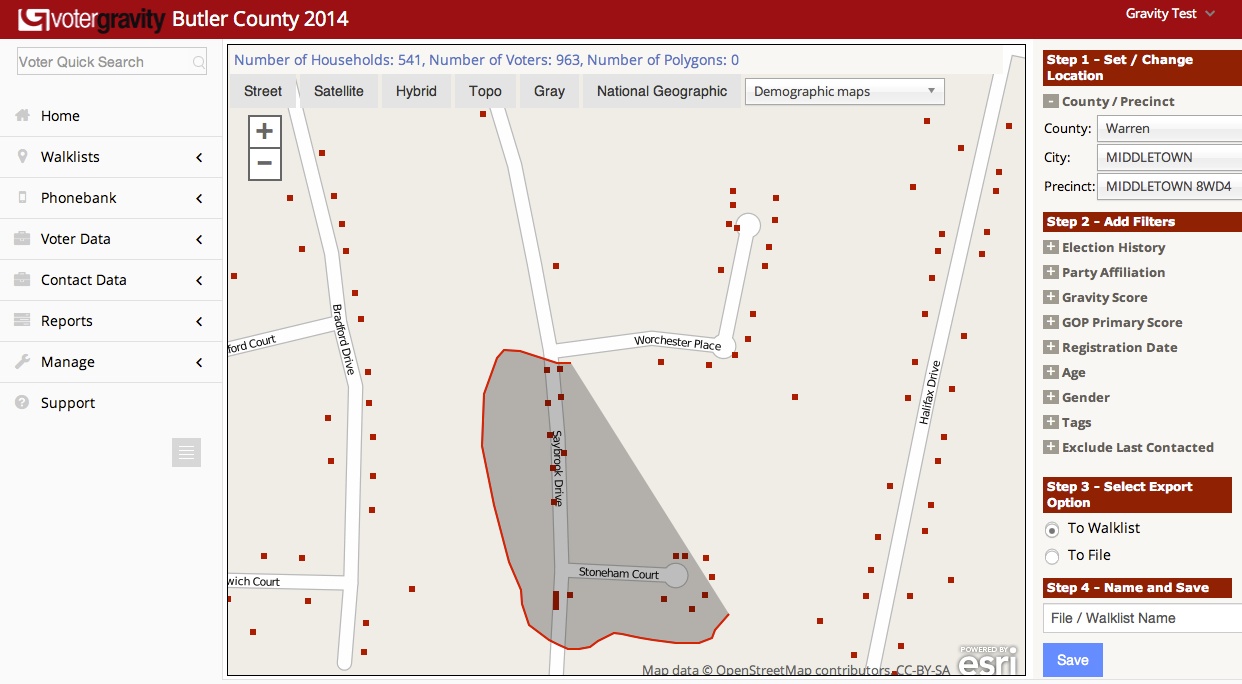A Voter Gravity client ran a petition using SurveyMonkey. He wanted to add all email addresses collected with the petition to his email list in MailChimp. He also wanted to make sure he had a record in Voter Gravity of each individual that signed the petition, so that he could easily organize and categorize them.
![]() This could have been an organizational nightmare. It could have required downloading spreadsheets from SurveyMonkey and manually updating lists in both Voter Gravity and MailChimp. Significant man-hours would be required in order to accomplish this kind of data management.
This could have been an organizational nightmare. It could have required downloading spreadsheets from SurveyMonkey and manually updating lists in both Voter Gravity and MailChimp. Significant man-hours would be required in order to accomplish this kind of data management.
Fortunately for our clients, Voter Gravity is integrated with Zapier. This integration means that all the data transfers that our clients were going to do by hand, are completed automatically and seamlessly. In the instance above, not a single minute of valuable staff time had to be spent on this data entry.
We all know that most online applications don’t speak to each other. For example, you can’t send a list of emails from SurveyMonkey directly to MailChimp. You need to hire a developer to code a protocol for you. Zapier is that protocol. Clients set up an account with Zapier through Voter Gravity and all integration problems can be solved. In the case of our clients and the petition, as soon as they receive a new signature and email address, it is sent directly to their mailing list in MailChimp through Zapier. That name and address are also simultaneously recorded into the Voter Gravity database where the information is automatically checked against voter records and precinct information. Each new contact brought into Voter Gravity via that particular source in Zapier gets automatically marked with the data tag appropriate for the source.
Like Voter Gravity, Zapier is as committed to efficiency and saving you time. That’s why we use it. But don’t take our word for it. We let Zapier speak for itself. It is integrated with hundreds of web apps including Google Drive, Gmail, Dropbox, Twitter, Facebook Pages, Evernote, Podio, Wufoo, OneDrive, and WordPress. Check out the full list: The Zapbook!

